Is investing in automatic doors worth it? A comparison with traditional doors
Automatic doors are increasingly popular for modern homes and workplaces, adding convenience and a contemporary look. But are they truly worth the investment compared with traditional doors? Thuy Linh Long breaks it down so you can decide objectively for your project.
1. Automatic and traditional doors - concepts and characteristics
To evaluate the investment, it helps to define how automatic and traditional doors differ. Each has a distinct operating mechanism, design language, and usage context, which naturally creates separate strengths and trade-offs. Understanding the basics sets the stage for a fair comparison.
1.1 What are automatic doors?
Automatic doors use motors and sensors to open or close when movement is detected or a control signal is received. The main advantages are hands-free convenience and a modern feel that elevates the entrance experience. They are widely installed in supermarkets, offices, hospitals, and high-end residences for comfort and accessibility.
1.2 What are traditional doors?
Traditional doors are operated manually and rely on user force to swing or slide. They are common in residential and small commercial spaces thanks to lower upfront cost, straightforward installation, and minimal technical complexity. However, they provide fewer comfort features and often look less contemporary than automatic systems.
1.3 Typical use cases for each type
Automatic doors excel where traffic is heavy, hygiene matters, or a modern brand image is important. They streamline movement and create a professional first impression. Traditional doors remain suitable for small projects, tight budgets, or locations with infrequent opening and closing.
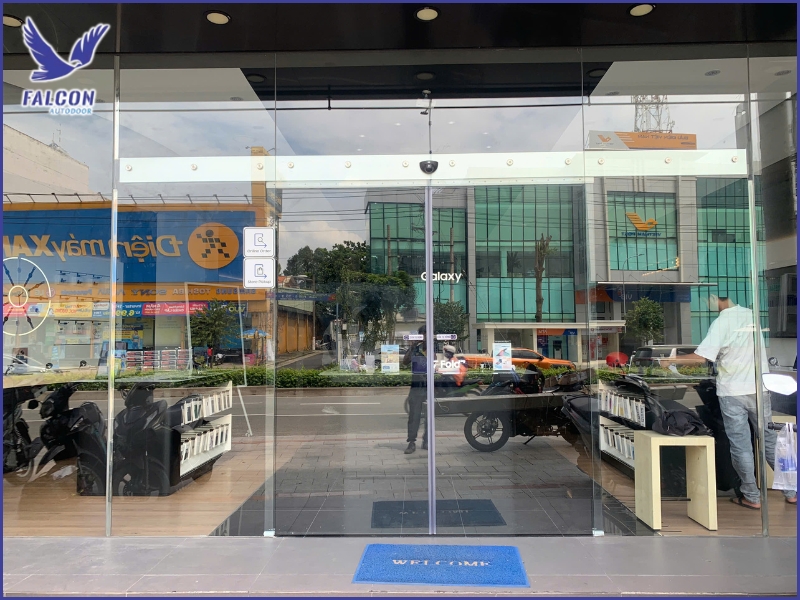
2. Standout advantages of automatic doors
Automatic doors are popular not only because they look modern but also because they deliver tangible, daily benefits. From smoother movement to better safety and stronger visual impact, they are becoming the default choice for many buildings. The result is a more accessible, efficient, and polished entrance.
2.1 Everyday convenience
Users don’t need to touch the handle approach and the door opens automatically. This is invaluable in busy environments, when carrying bags, or pushing a stroller or wheelchair. Families with children and older adults also benefit from easier, safer passage with minimal effort.
2.2 Enhanced safety and access control
Most systems include anti-pinch sensors and can integrate smart locks, badges, or biometrics. These features reduce collision risks while improving oversight of who enters and when. In offices, hospitals, and malls, that combination boosts both safety and operational control.
2.3 Modern aesthetics and a premium look
With refined profiles and materials like glass, stainless steel, or aluminum alloys, automatic doors elevate the façade and lobby. Clean lines and transparent surfaces make spaces feel brighter and more open. Many hotels, showrooms, and offices select them to reinforce a high-end, professional identity.
2.4 Suitable across project types
Automatic doors are not only for public buildings; residential-oriented models fit homes as well. A broad range of mechanisms and finishes allows precise matching to your layout and style. This flexibility lets both families and businesses achieve the balance of function and design they need.
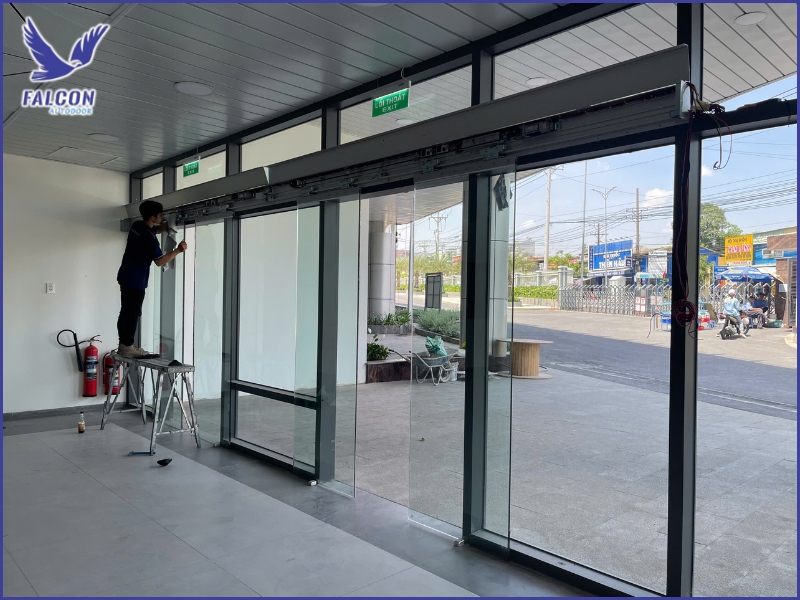
3. Limitations of automatic doors versus traditional doors
Despite notable strengths, automatic doors also present constraints that should be considered. Recognizing these early helps align expectations and budget. With proper selection and care, most drawbacks can be mitigated effectively.
3.1 Higher upfront investment
Automatic doors require motors, sensors, controls, and matched hardware, which increases purchase and installation costs. For small projects or tight budgets, this can be a hurdle that needs justification. Evaluating lifecycle benefits convenience, image, and energy control helps clarify value.
3.2 Need for periodic maintenance
To stay reliable, automatic doors need cleaning, adjustments, and occasional part replacement. Skipping maintenance can lead to track binding, sensor faults, or motor errors that disrupt use. Traditional doors typically need less frequent attention, aside from hinges and locks.
3.3 Dependence on power and the motor
Unlike manual doors, automatic systems rely on electricity and drive units to function. Power outages or motor failures can interrupt access unless you have a battery backup or emergency release. Planning for contingencies improves resilience and user confidence.
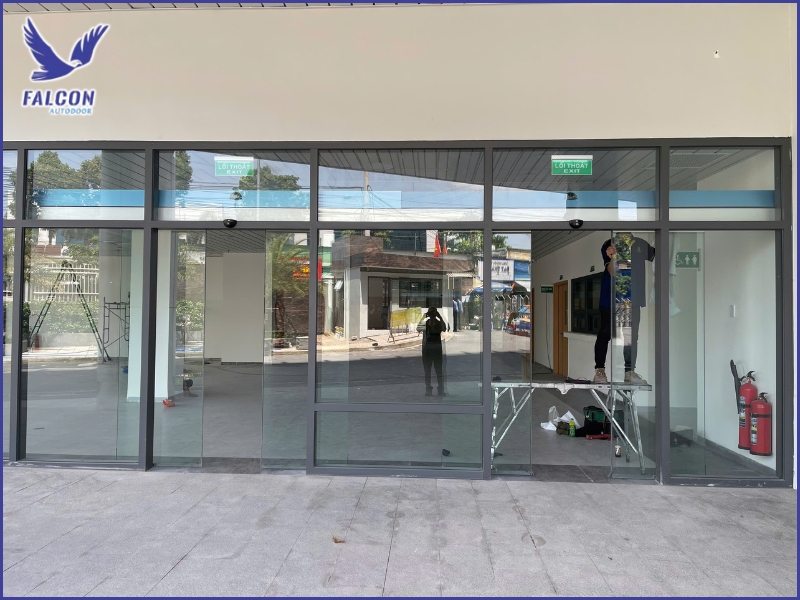
4. Comparing automatic and traditional doors by key criteria
To answer “is it worth it,” compare both options across the factors that affect daily experience and long-term cost. Look beyond initial price to operation, safety, image, and lifespan. A side-by-side view makes the choice clearer for your specific site.
4.1 Investment and operating costs
Traditional doors are inexpensive to install and use no electricity. Automatic doors cost more upfront and consume a small amount of power, but they deliver significant convenience and throughput. In high-traffic areas, time saved and smoother movement often justify the premium.
4.2 Durability and lifespan
Manual doors have fewer components, so with basic care they can last a long time. Automatic systems include electronics and mechanics whose lifespan depends on motor quality and maintenance. With genuine equipment and routine service, automatic doors commonly deliver 10–15 years of reliable use.
4.3 Comfort and safety
Manual doors require hands and strength, which can be inconvenient in crowds or when carrying items. Automatic doors enable touchless passage and incorporate anti-pinch protection and smart locking. The result is easier access and a higher baseline of safety for all users.
4.4 Aesthetics and property value
Traditional doors suit simple, utilitarian settings but offer limited visual impact. Automatic doors signal modernity and sophistication, improving brand perception and visitor experience. For offices, hotels, and retail, that elevated image contributes to overall property value.
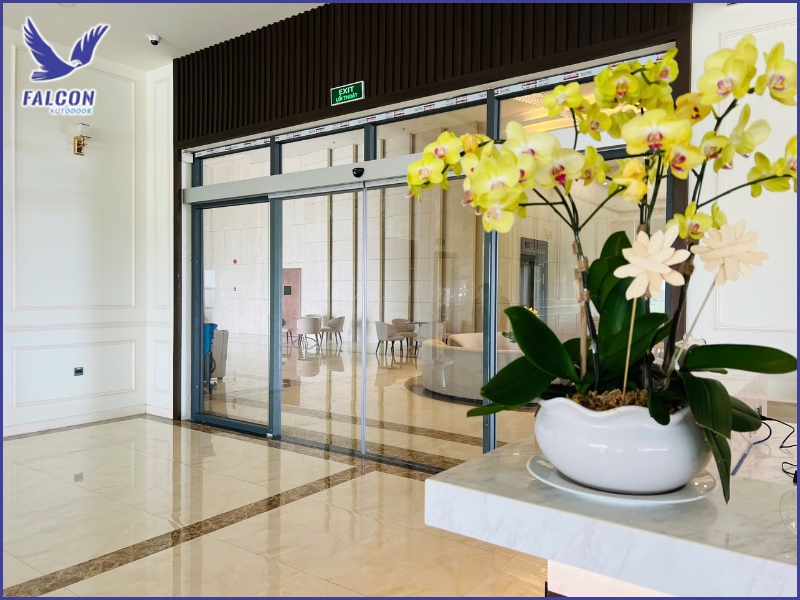
5. When does investing in automatic doors make sense?
Not every project requires an automatic system, so match the choice to real needs and timing. In the right scenarios, the benefits are clear and enduring. Use the guidance below to align function, budget, and expectations.
5.1 Public and commercial facilities
Malls, supermarkets, airports, and hospitals handle large daily flows that demand quick, hands-free entry. Automatic doors reduce bottlenecks, improve accessibility, and support hygiene. They also create a professional, welcoming first impression at scale.
5.2 Homes seeking higher convenience
For households aiming for a smart, comfortable lifestyle, automatic doors are worth considering. They simplify movement for children, the elderly, and anyone carrying items. Discreet designs mean residential models can blend with modern interiors and façades.
5.3 Businesses needing access control
Corporate offices and multi-tenant buildings benefit from pairing doors with credentialed entry. Cards, PINs, or biometrics help regulate access, track attendance, and enhance security policies. This integration turns the entrance into a managed, auditable checkpoint.
5.4 When to choose traditional doors instead
If budgets are limited, traffic is light, or aesthetics are not a priority, traditional doors remain sensible. They meet basic functional needs with minimal complexity and cost. You can always upgrade in stages as requirements grow.
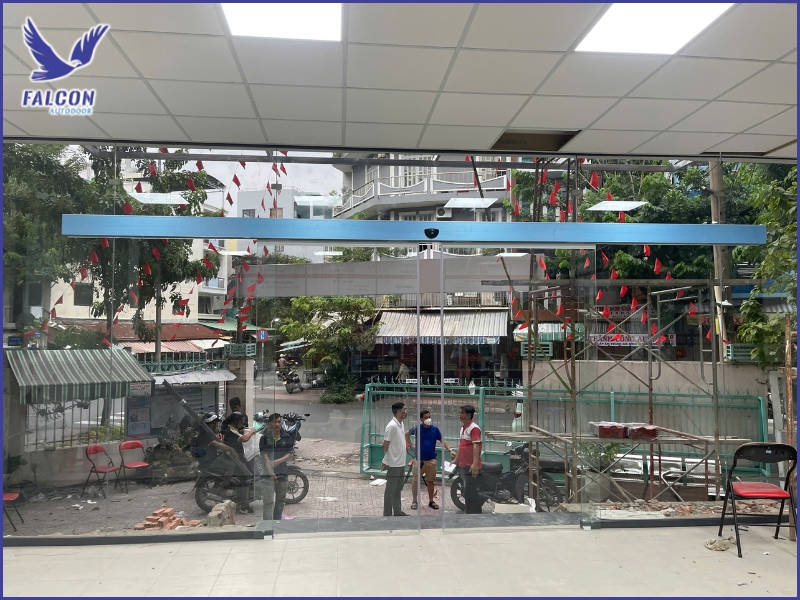
If you’re weighing automatic versus traditional doors, let Thuy Linh Long tailor the optimal solution for your site. Contact us today for a detailed quote and to experience genuine Falcon automatic doors that are modern, durable, and safe.
THUY LINH LONG SERVICES TRADING COMPANY LIMITED
DISTRIBUTOR
Address: 243D Vuon Lai Street, Phu Tho Hoa Ward, Tan Phu District,
Ho Chi Minh City, Vietnam.
Tel: +84 28 22497999
E-mail: cuatudong24h@gmail.com
SUPPLIER
KUM YANG MATERIALS CO.,LTD
Address: 124-60, Myeongdong-ro, Hallim-myeon,
Gimhae-si, Gyeongsangnam-do, 50851, Korea.
Tel: 82-55-345-8380










